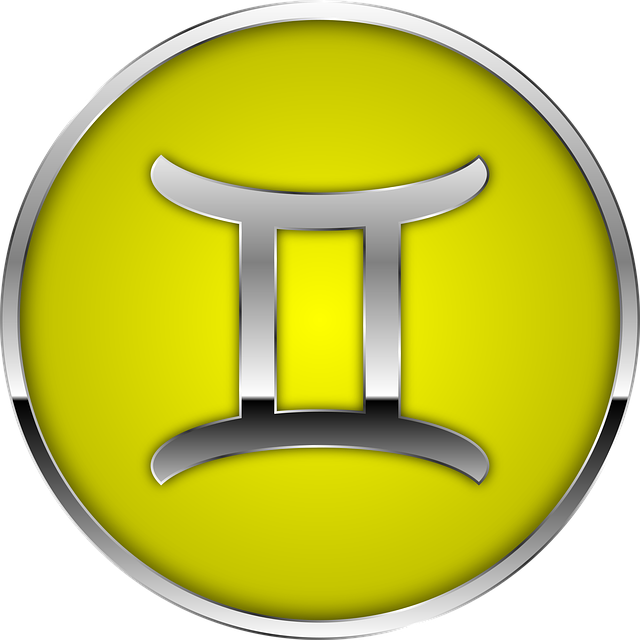Tarot divination is an ancient tool for prediction and insight into the future. Tarot divination requires patience and persistence in the process of learning and practicing, sharing your experience with others, and learning from different perspectives and experiences. Gain wisdom to improve your tarot card divination abilities. When learning to use tarot card divination, you need to follow the following more formal steps. The tarot card divination tutorial will solve your doubts.
Tarot card divination tutorial
Step one: clarify the divination question and choose according to the type of question Suitable array of cards.
Step 2: Shuffle. Stack the 22 big cards face down in your hands and concentrate without any distracting thoughts. Shuffle the cards in a circular motion, either clockwise or counter-clockwise, until you feel it stop. Then gather the cards clockwise, finally gather them into a cross and push the upright cards to the left with your left hand.
Step 3: Cut the cards. Usually three cuts are made. Place a hand that is not commonly used on the shuffled cards (tentatively called card stack A) and meditate on the question you want to ask. Take out a pile of cards from card pile A (tentatively called card pile B) according to your inner wish and place it under card pile A, then take out a pile of cards from card pile B (tentatively called card pile C) and place it on the card pile above A. At this time, there are three stacks of cards in front of you. From top to bottom, they are Card Stack C, Card Stack A, and Card Stack B. Then stack card stack A on top of card stack B, and then stack card stack A and card stack B on top of card stack C to complete the action of cutting the cards.
Step 4: Place the cards. Arrange the tarot cards in a card array according to the chosen divination method.
Step 5: Open the cards. Open the cards in the order of the card array.
Step 6: Unlock the cards. Interpret the meaning of the card based on the positive, negative and extended meanings of the card.
Step 7: Collect the cards. Take back the tarot cards after reading and put them back in the bag for safekeeping.
Learning Tarot Divination
1. Buy Tarot cards that suit you. When choosing tarot cards, you should pay attention to three principles: smoothness of hand, pleasing to the eye and pleasing to the heart. Smoothness means that when you touch the Tarot cards, you will have a sense of compatibility, like being attracted to and understanding each other like an old friend. Pleasant to the eyes means that the pattern and color of the tarot cards give people a comfortable feeling, and it is best to match the color system of personal preference. Smooth means that the pattern of the card can calm the mood and not be too strange or produce strong feelings.
2. Beginners can buy books related to Tarot cards to learn. Divination using tarot cards is a skill that requires in-depth study and practice. In addition to mastering the basic divination steps, there are some other aspects that need to be paid attention to:
1. Learn to read the cards: Each tarot card has its own unique meaning and symbol. Mastering the interpretation of each card is very important and takes some time to study and memorize.
2. Be familiar with the card array layout: There are many different card array layouts in tarot card divination.Bureaus all have different uses and interpretations. Familiarity with and practice using different card layouts will help improve the accuracy and depth of your divination.
3. Master intuition and inspiration: Divination does not only rely on card interpretation, intuition and inspiration also play an important role in it. Learn how to open your own intuitive channels and trust your intuition to give you valuable information.
4. Practice communication and listening: As a diviner, it is crucial to communicate effectively with your clients. Listens to clients' questions and concerns to be able to provide understanding and meaningful interpretations.
5. Respect personal privacy and boundaries: When performing divination, respect personal privacy and boundaries. Adhere to professional ethical principles and ensure that client information and experiences are protected.
By gradually mastering these skills through study and practice, you can improve your ability to learn tarot card divination and provide useful guidance and suggestions to others.










